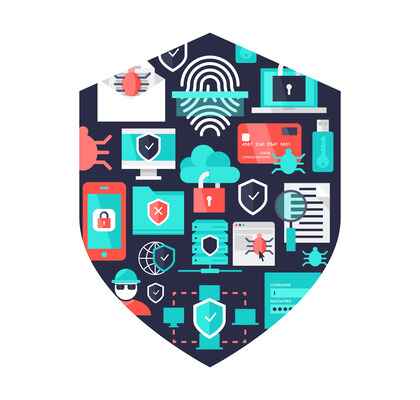Healthcare Cybersecurity Risks: Protecting Sensitive Patient Data
In today’s digital world, the healthcare industry is more vulnerable to cybersecurity threats than ever before. With sensitive patient information at stake, it is critical for healthcare organizations to implement robust cybersecurity measures to protect against cyberattacks. In this blog, we will discuss the healthcare cybersecurity risks and provide tips on how to protect sensitive patient data. The healthcare industry is highly vulnerable to cyberattacks due to the sensitive and confidential information they hold. Electronic health records (EHRs), insurance information, and personal identification information (PII) make healthcare organizations an attractive target for cybercriminals. In addition, the increased use of connected medical devices and telemedicine has further increased the risk of cyberattacks in the healthcare sector. Ransomware Attacks: Ransomware is a type of malware that encrypts a victim’s data, making it inaccessible until a ransom is paid. Ransomware attacks on healthcare organizations can be devastating, as patient data can be stolen or made inaccessible, resulting in a breach of patient privacy. Phishing Attacks: Phishing attacks are the most common type of cyberattack on healthcare organizations. These attacks involve sending malicious emails or links to employees, tricking them into providing sensitive information or downloading malware. Insider Threats: Insider threats are a significant risk for healthcare organizations. These threats can come from employees, contractors, or partners who have access to sensitive patient data. Insider threats can include intentional data theft, accidental data exposure, or human error.
In the healthcare industry, patient data is like gold, and cybercriminals will stop at nothing to get their hands on it. Third-Party Vendors: Healthcare organizations often rely on third-party vendors to provide services and support. However, these vendors can also pose cybersecurity risks if they do not have adequate security measures in place. The healthcare industry is a prime target for cybercriminals due to the sensitive nature of patient data. Healthcare organizations must take proactive steps to protect sensitive patient data from cyberattacks. By implementing robust cybersecurity measures and regularly educating employees on cybersecurity best practices, healthcare organizations can reduce the risk of cybersecurity incidents and protect patient privacy.Healthcare Cybersecurity Risks



Protecting Sensitive Patient Data







